Nobody is comfortable buying a pig in a poke. However, in recent years, with the enormous upswing in season passes and “Ultimate” editions, that’s pretty much what you’re putting money down for when it comes to DLCs and expansions.
Luckily, there’s no pig to found here. With Torna ~ the Golden Country, fans of Xenoblade Chronicles 2 get exactly what they wanted — and I daresay it’s a whole lot more than they ever expected.
When Monolith Soft’s Xenoblade Chronicles 2 released on the Nintendo Switch late last year, it was the final jewel in the year’s long necklace of hits for the console, following in the sparkling trail of instant classics like Legend of Zelda: Breath of the Wild and Splatoon 2.
The majority of critics praised it to the stars, although all conceded that there were a number of frustrations marring it, particularly the battle system’s high learning curve alongside muddled, unrepeatable tutorials, poor graphics quality in handheld mode, and inconsistent voice acting quality.
The standout voice of dissent was from Kotaku, panning it almost entirely aside from the environments and the music.
I note all of this right from the beginning because I didn’t play Xenoblade Chronicles 2. (I know, it disappoints me too.)
So what did I do instead? Well, it involved a hell of a lot of YouTube.
I know what you’re thinking. It is 100% completely not the same thing, and I absolutely agree. But I didn’t want to walk into this game completely blind.
Did it help? Yes, and no.
The story of XC2 is incredibly vast, multi-layered, and built on the back of virtually hundreds of hours of gameplay (if you’re into collecting every last Pokemo — sorry, Blade). I was barely scraping the surface.
Torno ~ the Golden Country is not nearly quite so ambitious, and rightfully so as a standalone expansion whose story acts as a prequel to XC2. It focuses on the Aegis War, long before the events of the main game. So while outlets differ on exactly how much content is packed into this standalone prequel, the Reddit community seems to agree that it can be finished in 12 hours.
Can, of course, because there exist some players that are not as easily distracted by silly, off-the-beaten-path explorations, harvesting, side questing, and unashamedly picking fights with everything that’s got an HP bar like I am. (When it comes to games, grinding is my zen garden.)
Is it possible to play Torna, and to like it, without having played Xenoblade Chronicles 2? I answer — unequivocally — yes.
Story
Is it possible to follow and understand the story of Torna all on its own without having bought the base game? Wellllll… technically yes. But only technically.
After all, Torna is set 500 years prior to the events in XC2. As a standalone expansion, the game does fairly well bridging the gap of things to come, bringing all the battles, the action, the glorious, shameless time sinks that are side quests all to the fore.
But its story is not truly its strong point.
From the outset, it skims past most of the events that occur in the Aegis War and narrows its focus to the end of the war, on the adventures of Lora and Jin as the race to stop the evil Malos from destroying the world.
As a new player, this is fair enough. Hello, new spiky-haired characters that appear to have some form of backstory! You two are charmingly lovable protagonists with your cooking and charm-making duty-sharing.
But what is the significance of all that’s happening, of the fact that we are watching this story unfold between these two people?
That isn’t there, and Torna doesn’t stop along the way to try and re-explain. New players with absolutely no idea about the game story will also have to guess at what the relationship between Blade and Driver is, what a Core Crystal is, and what happens after a certain BIG moment I won’t spoil in the slightest.
Are new players able to get past this? Of course. But you’ll be like me, skimming the surface when you can sense there is so much more underneath. It’s like watching the Star Wars movies in actual episode order. Technically, it works, but your foreknowledge of their fates, that connection you already have with these characters, just isn’t there.
Arguably, it’s something you expect out of an expansion like this. If you’re familiar with the base game’s deep lore, then you’ll find yourself at home here, so keep that in mind.
Graphics & Gameplay
Like with the base game, there’s still a learning curve to mastering the battle system in Torna, but from all appearances, many of the larger criticisms of XC2 were addressed.
Right from the get-go you are informed that if you missed anything while mindlessly skipping through the tutorial screens that you want to review again, you can do so through the menu options.
The battle system itself is simple to understand once you get the hang of it, all of the concepts (Attack Canceling, Vanguard Switch, combos, etc.) stem from timing them properly and filing up different gauges. It also requires you, especially in the beginning, learn to lay off the button mashing while trying to figure out what to do in order to let your characters auto-attack in peace to get the combo ball rolling!
Speaking of Vanguard Switching, herein lies another brand new element to the battle system that was absent from XC2 — the ability to switch your control between Blade and Driver, opening up new attack chains and uniquely different combos. While not in control, the rear guard can provide extra support, and when the Vanguard gauge is full, a swap between the two will bring out the rearguard with full attack gauges.
The game has also cut out the rather tedious gacha system of collecting a number of different Blades in the hopes of building your perfect team comp. Here, your party size is condensed and less cluttered, which brings a more action RPG feel to the gameplay.
The upshot of all this is a rather refined battle system that was a pleasure to learn and play.
In terms of graphics, the game still combines an odd, choppy mix of beautiful cutscenes that play like an episode of RWBY, in-game dialogue sequences with decent-looking character models, and an unfortunate amount of smeary graphics while running around the world when playing in handheld mode.
(Note: I play a lot in handheld mode.)
This is a shame, but not entirely unexpected since no graphics updates were ever issued to fix this in XC2. And certainly, while it’s impossible not to notice how much these graphically inferior character models look and move around the beautifully rendered environments, it’s not a death sentence.
Side Questing
This deserves its own section, I think because your enjoyment of side quests will make or break your enjoyment of Torna.
I personally am a huge fan of silly side quests, having experienced my adult gaming reawakening with games like Elder Scrolls: Oblivion where I didn’t complete a good 3/4 of the main storyline until well after 200+ hours of emptying caves, picking flowers, committing ritual murder, and mostly just sneaking around stealing people’s silverware.
There’s plenty of that in Torna (okay, maybe mostly the part about picking flowers and less about stealing silverware or committing ritual murder) because there’s plenty of stuff that you can go out of your way on the map to investigate (and collect).
Most of these are crafting ingredients, but you do find the occasional treasure chest and other significant items hidden around the area.
Of course, all of the above was already part of the base game. What is new, however, is the Community System. While the gacha system of collecting Blades has disappeared, there had to be collecting of some sort thrown into Torna to fill that void — and collecting NPCs is what you get instead.
Whenever you meet a new NPC outside of your community circle, a notification pops up to register them. You can (and should) turn this notification off as soon as possible. The game even suggests it. This system acts as a nearly never-ending menu of NPC side quests that you have the option to complete.
Well, “have the option” isn’t quite true either, since there are certain points in the main story that halt your progression until you’ve done enough side quests to raise your community to a certain level/threshold. This is part of what pads out that 12+ hour game time we mentioned before.
Side quests that are required parts of the main quest sound a little odd, but it’s a system that oddly appeals to my particular style of game progression, and I was charmed.
I know a lot of other players will probably find this kind of gate lock far more annoying.
Is it worth it?
Nintendo calls Torna a DLC, but I think that’s a bit of a disservice to the expansion considering how much you’re actually getting.
In light of that, Torna ~ the Golden Country is hands down a beefy, impressive expansion that lives up to its promise of being a standalone game experience. It is not, however, as deeply meaningful when experienced as a standalone experience.
The fun, action-y battle system and the exploration of beautiful environments, excellent music, the simple joys of digging random crafting ingredients out of the dirt, and the silly fetch-and-carry of completing side quests will rack up the hours. But mandatory side questing is certainly not everyone’s cup of tea.
In the end, if you were a fan of XC2, you are probably going to love Torna. If you played XC2 and just weren’t a fan, this game probably will not change your mind.
If you were like me and visiting this world for the very first time, it may be just enough of a taste to get you interested in playing the main game for real.
You can buy Torna ~ the Golden Country either on Nintendo’s eShop or Amazon for $39.99.
[Note: Nintendo provided the copy of Torna ~ the Golden Country used in this review.]

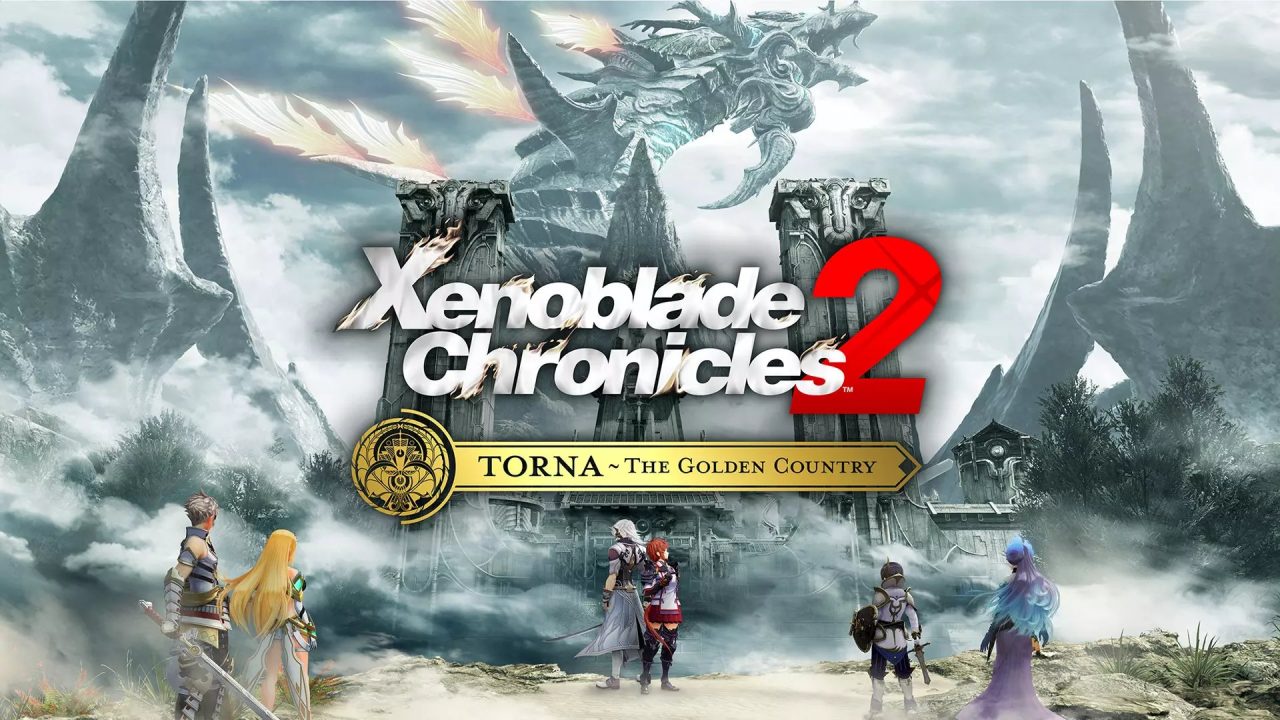
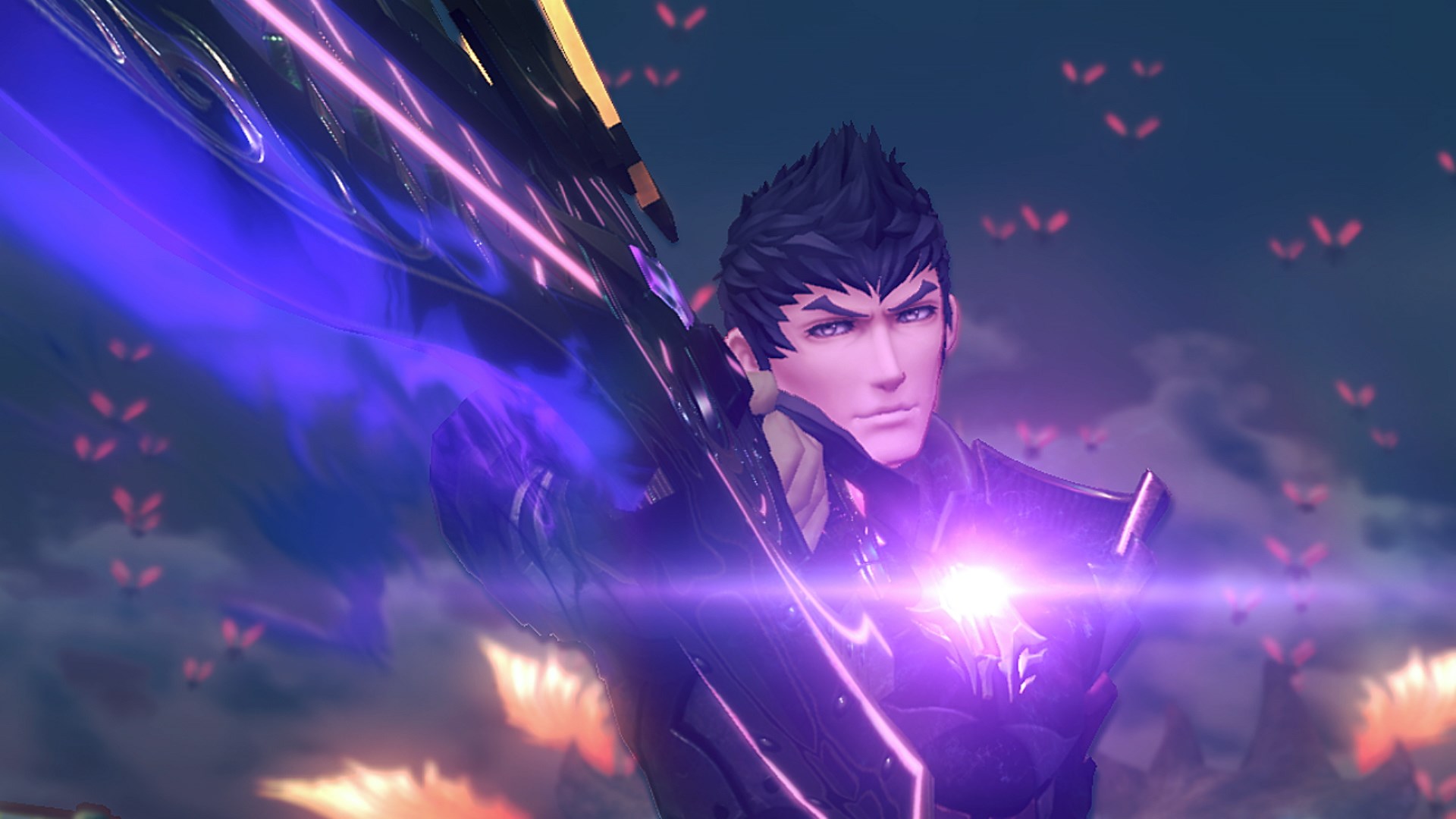
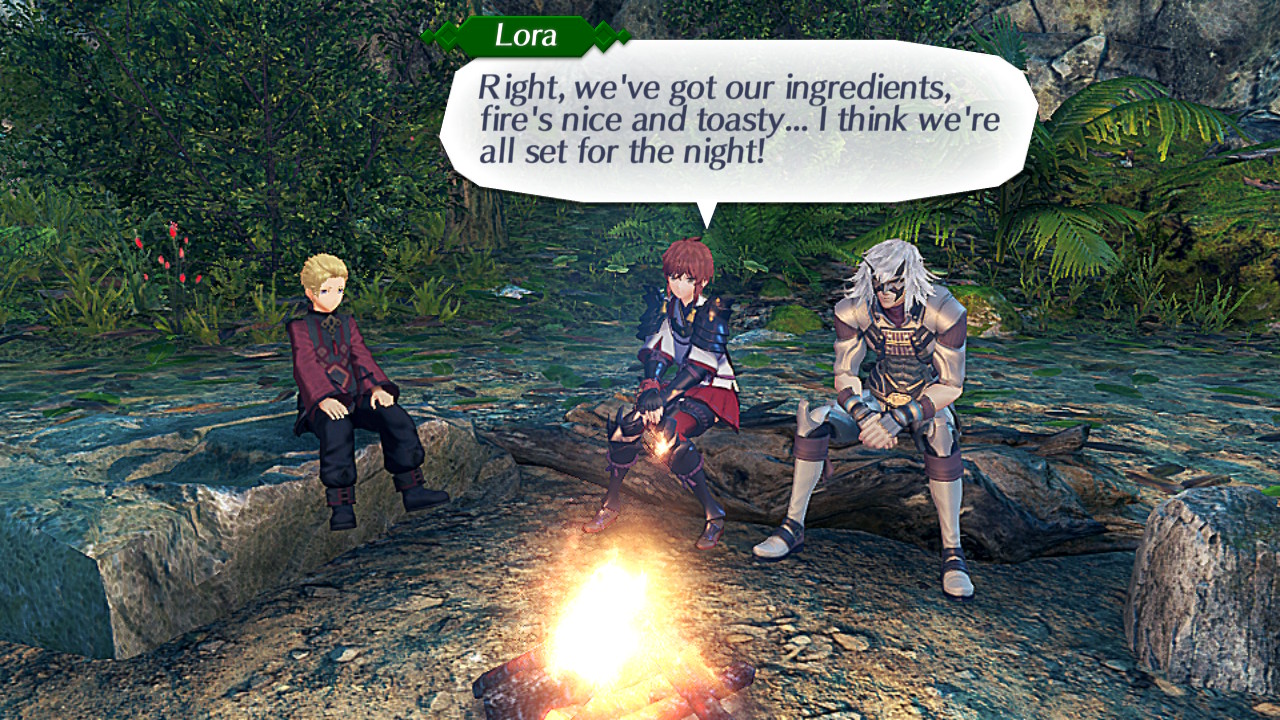
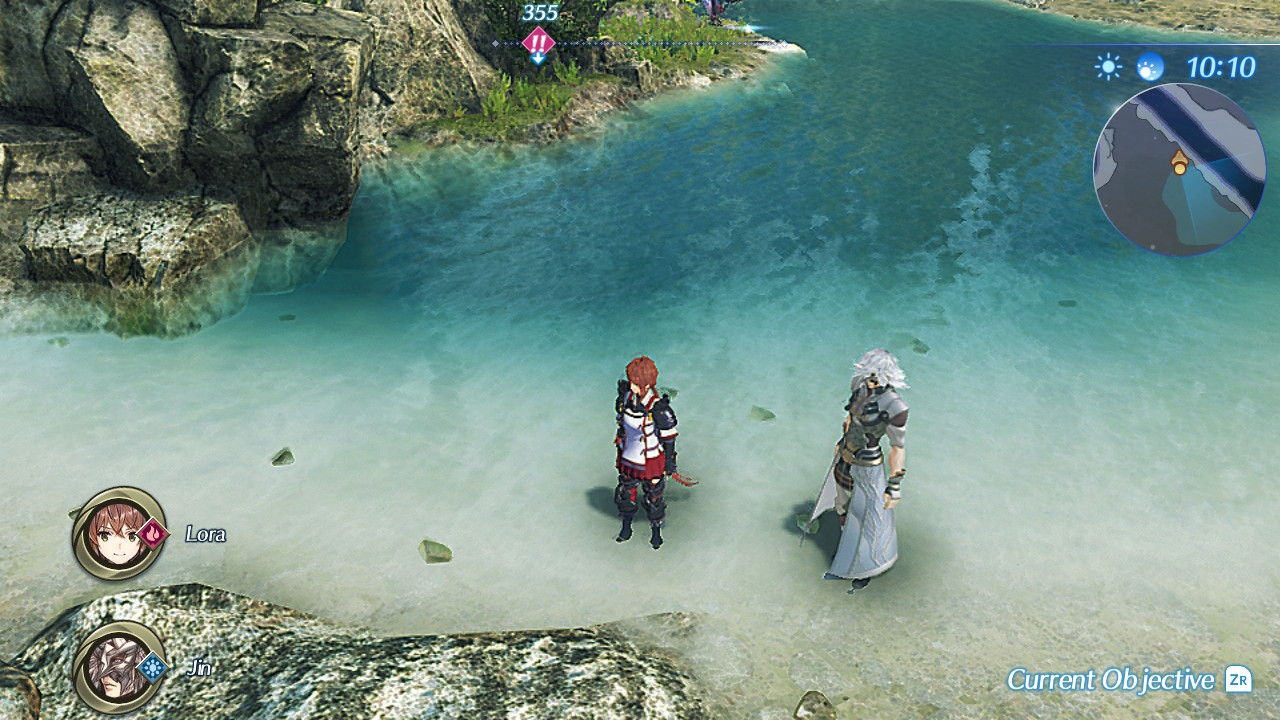
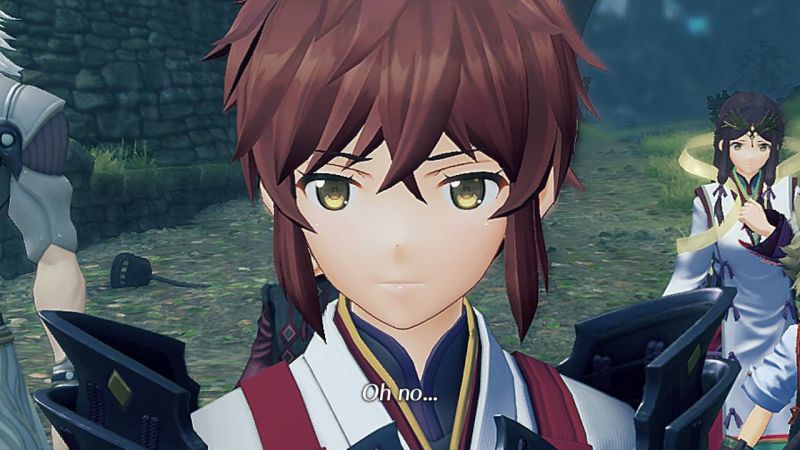





Published: Oct 11, 2018 04:38 am